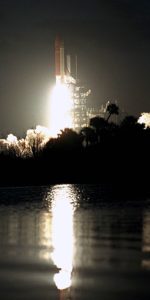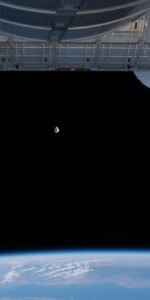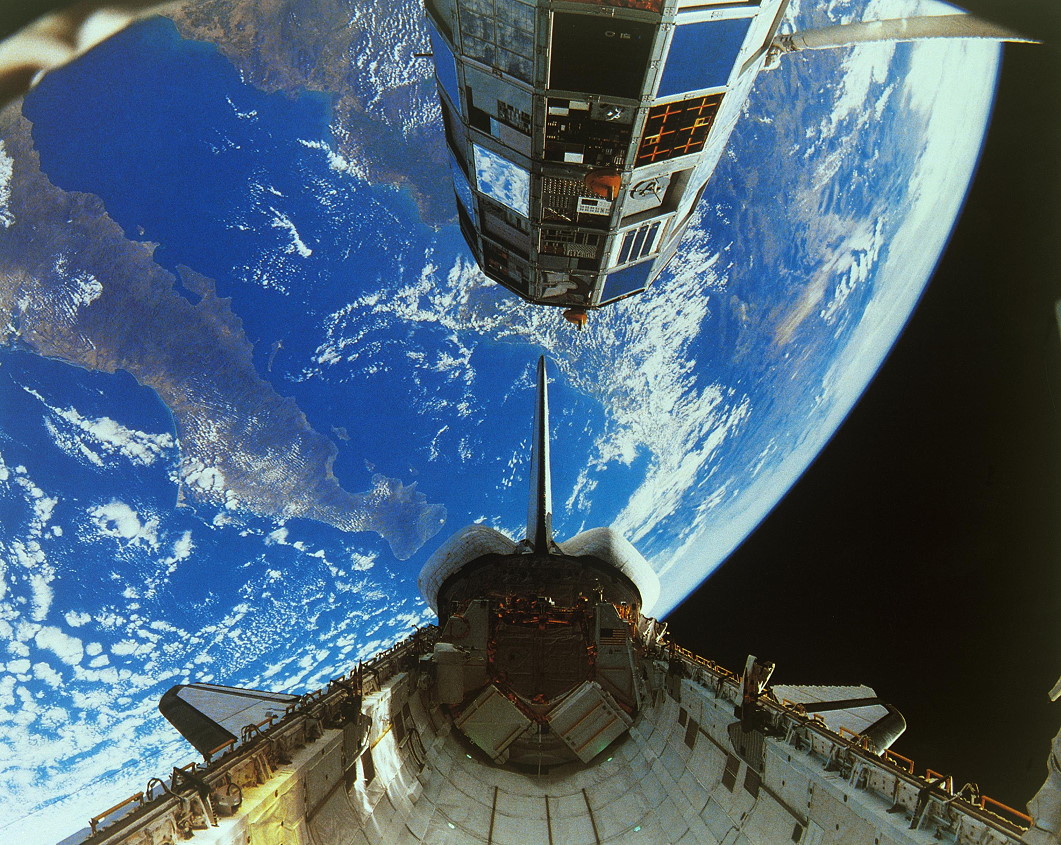
More than three decades ago, on this day in January 1990, the Space Shuttle turned a corner. Long touted as a vehicle capable of regular sorties into low-Earth orbit and having captured and repaired satellites to the delight and astonishment of the world, its career was forever dented by the tragic loss of Challenger and the painful years of introspection which followed. Yet having triumphantly returned to flight in September 1988, the shuttle had conducted several highly successful missions and had begun to re-cement its credentials.
And when STS-32 Commander Dan Brandenstein and his crew roared to orbit on 9 January 1990, their 11-day flight would achieve satellite deployment, rendezvous and retrieval and a new empirical record for the longest shuttle mission to date. As the Capcom remarked when Columbia returned safely to Earth, STS-32 “showed the shuttle at its best”.
The major objective was retrieval of NASA’s 12-sided Long Duration Exposure Facility (LDEF), a bus-sized spacecraft launched by another shuttle crew in April 1984 to house experiments and samples for long-term exposure to the harsh environment of low-Earth orbit. Original plans called for LDEF to be retrieved in February 1985, but it was repeatedly delayed and by the time of the Challenger disaster it had been rescheduled for no sooner than September 1986.
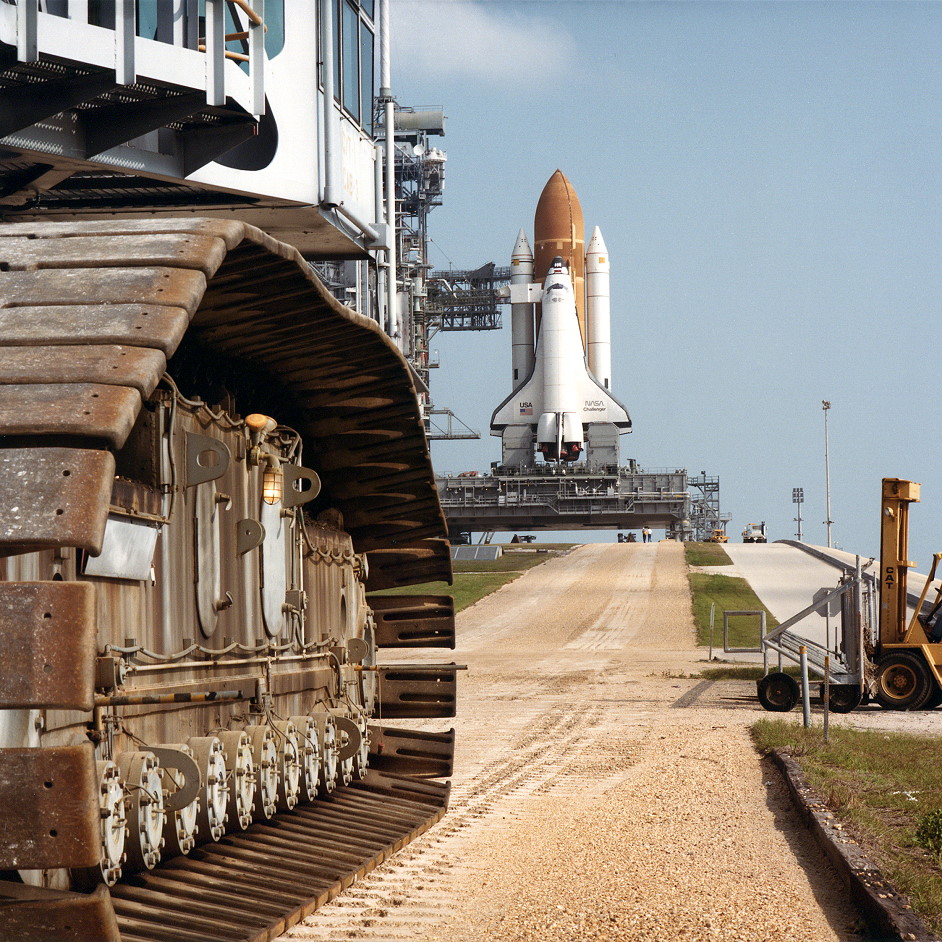
The loss of Challenger and her STS-51L crew added several more years onto LDEF’s tally of time in orbit and by the end of 1989 the aging satellite was in a precarious state. Trajectory specialists estimated that it would naturally re-enter the atmosphere by March 1990 at the latest, with the loss of a tremendous amount of data. And since LDEF’s materials samples promised valuable data for the construction of Space Station Freedom, it was imperative that a shuttle crew bring it home.
In November 1988, NASA assigned Chief Astronaut Dan Brandenstein to command STS-32; a veteran of two previous shuttle missions, he had already trained for the LDEF retrieval and had come within weeks of flying it in early 1985. Mission specialist Bonnie Dunbar, who had flown once before, had also been assigned to the September 1986 incarnation of the LDEF retrieval, and so brought added expertise to this complex task. Rounding out the STS-32 crew were three “rookies”: Jim Wetherbee in the pilot’s seat and two more mission specialists, Marsha Ivins and David Low.
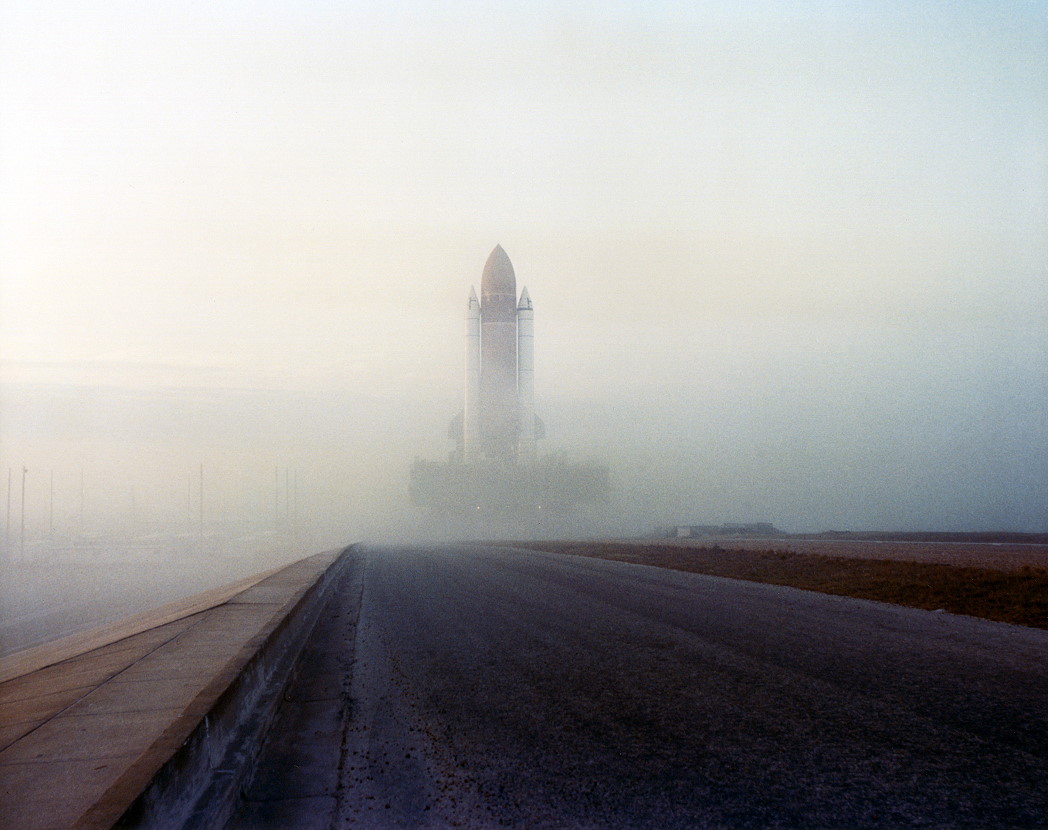
Nor was the recovery of LDEF the only task on the flight, for Low would deploy the powerful Syncom 4-5 Ultra-High Frequency (UHF) communications satellite for the U.S. Navy. It was the fifth and final member of this drum-shaped satellite network and would be deployed like a frisbee out of Columbia’s payload bay on the second day of STS-32.
Although four previous Syncoms had been launched between August 1984 and August 1985, one did not reach its intended orbit and was successfully revisited by a shuttle crew, whilst another suffered a catastrophic failure of its UHF electronics and was declared lost. The arrival of Syncom 4-5, therefore, would complete a minimum requisite constellation of at least four operational satellites.
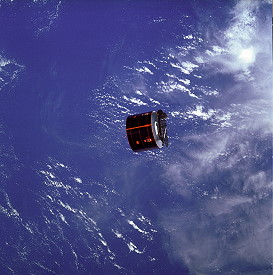
Launch of STS-32 was initially scheduled for 18 December 1989 and its ten-day length promised to make this the first-ever shuttle mission to spend Christmas in space. Brandenstein organised a mock crew portrait of the five of them in Santa suits, hats and dark glasses, but unfortunately problems with getting Pad 39A at the Kennedy Space Center ready for its first shuttle launch in four years meant that the launch was postponed until no earlier than 8 January 1990.
By that time, NASA had successfully flown seven shuttle missions since the return to flight after Challenger, but STS-32 was to be a totally different beast. Scheduled for nine days and 21 hours, it would be almost twice as long in duration and was expected to come close to breaking the record for the longest-ever shuttle mission at that time.
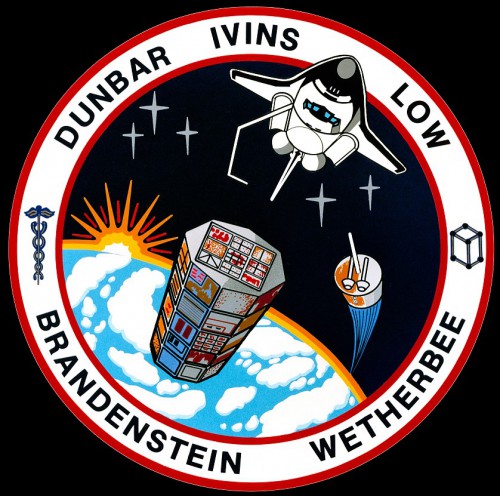
Although the Syncom 4-5 deployment and LDEF retrieval only required three days, NASA was keen to stretch the shuttle’s capabilities, because plans were already afoot to modify Columbia for missions lasting over 16 days. Even before that could happen, the ten days of STS-32 required the oldest shuttle in the fleet to have several major upgrades, including an extra set of oxygen and hydrogen tanks under her payload bay floor.
Unfortunately, launch on 8 January was threatened by clouds and rain showers, although the crew boarded Columbia without incident and the countdown proceeded with a few hiccups to T-5 minutes. A troublesome electronics component on Pad 39A reared its head, but eventually the weather again closed in and STS-32 was rescheduled for the 9th.
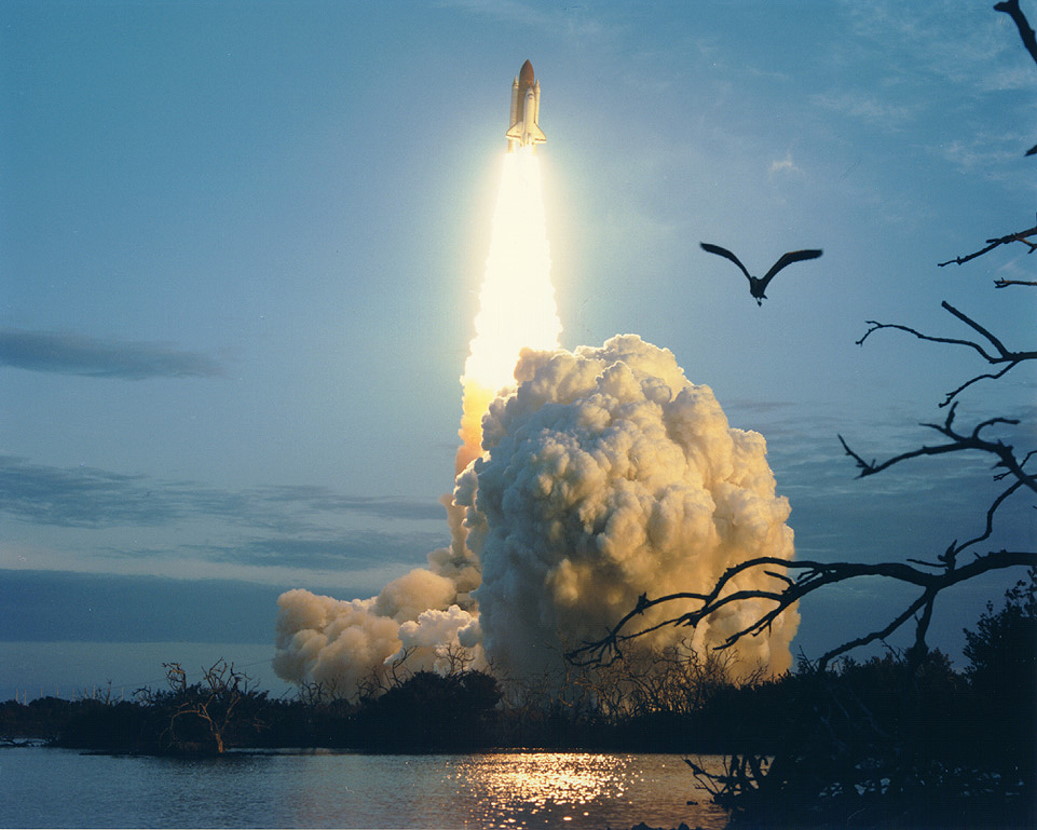
Columbia roared aloft at 7:35 a.m. EST that morning, right on the opening of an hour-long “launch window”, to chase down LDEF. During their first day in space, the astronauts checked out the shuttle’s Canadian-built Remote Manipulator System (RMS) robotic arm, which would used for the capture of the satellite, and getting Syncom 4-5 ready to go.
At 8:18 a.m. EST on 10 January, about 25 hours into the flight, Syncom was sent spinning out of Columbia’s payload bay. The satellite translated away at about 1.7 revolutions per minute, before its on-board motor fired to boost it into geosynchronous orbit. It went on to support military communications during Operations Desert Storm and Desert Shield in Iraq and was finally retired in 2015.
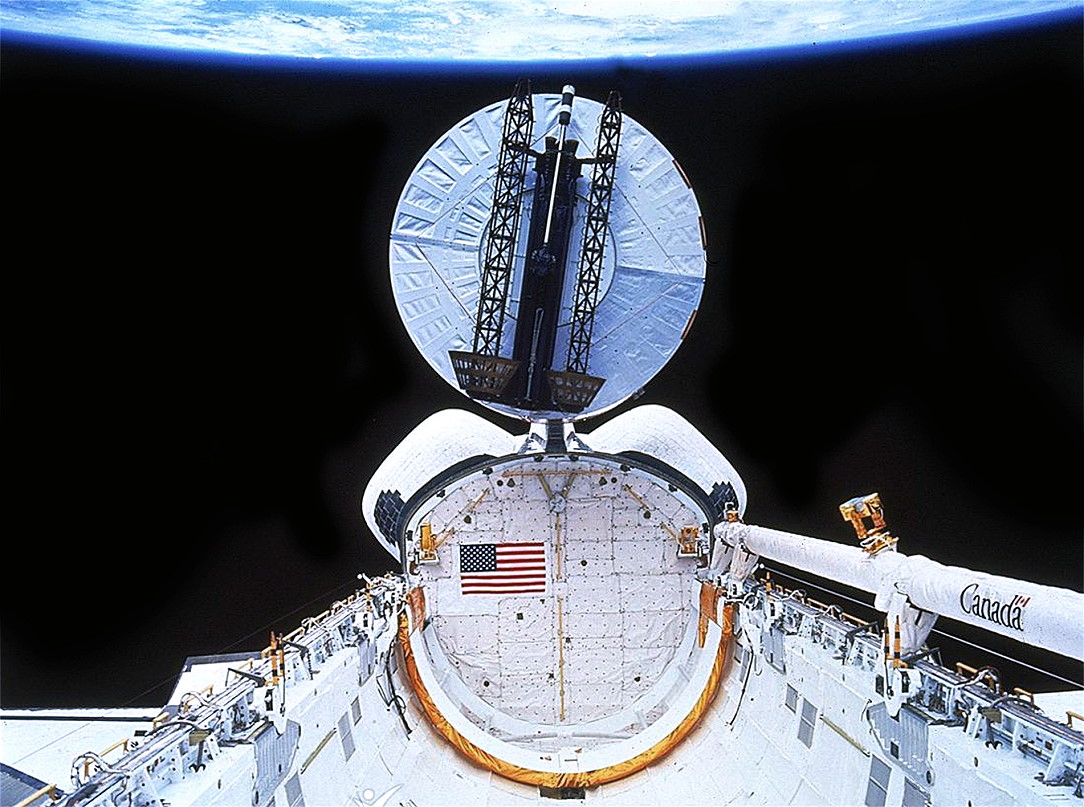
When the STS-32 crew reached orbit, they trailed LDEF by 1,700 miles (2,700 km), but their lower altitude caused them to close on their quarry by about 45 miles (70 km) during each 90-minute circuit of Earth. Brandenstein and Wetherbee performed three engine firings during the chase to reduce this distance and by the morning of 12 January the astronauts were awakened to music from Mission Control: the tune of “Let It Snow”, albeit with revised lyrics of “Bring It Home”.
It was imperative that they approached LDEF carefully, with relatively few engine firings, to avoid contaminating the satellite’s experiments. Brandenstein gingerly guided Columbia “below”, then “ahead” of LDEF, before pitching the shuttle’s nose to achieve a holding point directly “above” it. After six years in space, the satellite had traveled 800 million miles (1.2 billion km) and orbited Earth 32,000 times.
And during that time, it had suffered some damage: a small solar cell had somehow dislodged itself and was flying in formation with LDEF and a number of micrometeoroid holes were also apparent.
At 10:16 a.m. EST, high above the Atlantic Ocean, near Brazil, Dunbar grappled the satellite with the robotic arm.
“Houston, Columbia,” radioed Brandenstein, “we have LDEF!”
“You’ve made many scientists very happy that their LDEF experiments are finally coming home,” replied Capcom Tammy Jernigan, with applause in the background. Over the next five hours, Ivins extensively photographed the satellite, before Dunbar finally lowered it into the payload bay and latched it into place at 3:49 p.m. EST.
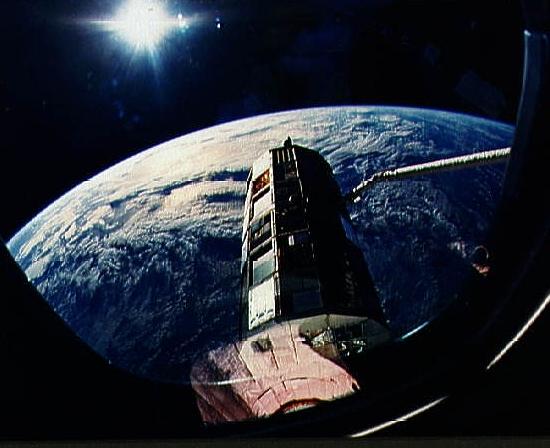
The successful retrieval had clearly reinvigorated many spirits at NASA. Although seven missions had flown since the return to flight after Challenger, all of them had been relatively vanilla satellite deployments. STS-32, on the other hand, had finally begun to press the shuttle’s other capabilities back into action.
On the morning of 13 January, Brandenstein’s crew sent Mission Control a tongue-in-cheek picture of LDEF, seemingly overgrown with tomato seeds. It was a joke based on the 12 million tomato seeds flown on the satellite as part of student experiments. “We saw something strange,” grinned Brandenstein, “so we got it on the video recorder and thought we would show it to you!”
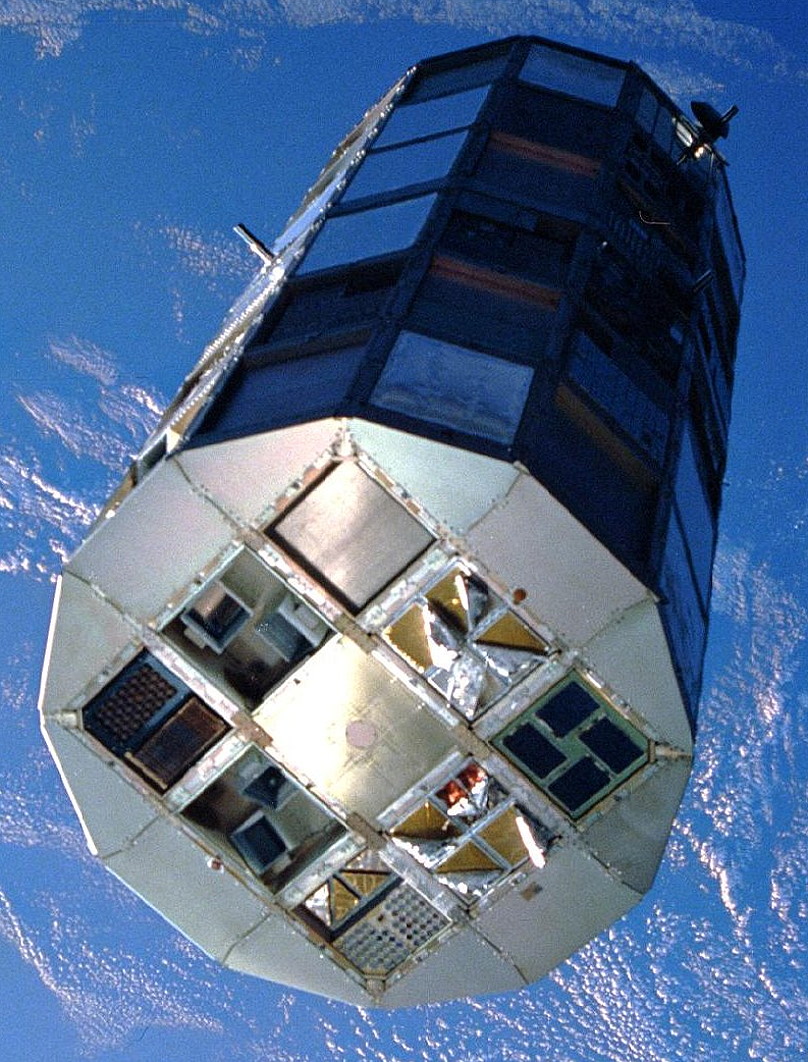
The following week was spent on science, including fluid physics, protein crystal growth and work with an off-the-shelf ultrasound monitor known as the American Flight Echocardiograph. Although several shuttle commanders had objected to flying medical experiments, Brandenstein considered it part of the job, so long as they were of value. “I was very demanding on the experiments that they do have real merit,” he told the NASA oral historian, “and be well-organised and have a test plan, not a willy-nilly type of experiment.”
His enthusiasm, though, was pushed a little far by fellow astronaut Manley “Sonny” Carter, a physician, who talked the STS-32 crew into what Brandenstein called “the granddaddy of all experiments”: a muscle biopsy. Surprisingly, the crew were game and willingly volunteered to have hunks of muscle pulled from their legs both before and after the mission.
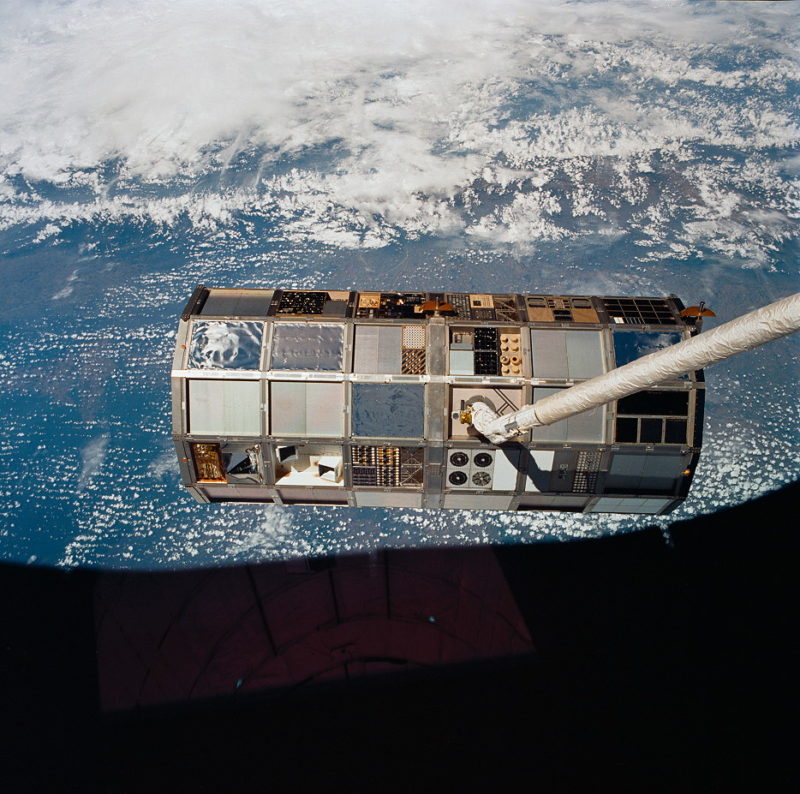
Despite its success, STS-32 suffered its share of problems, including water oozing from a leaking dehumidifier into the middeck. Then one of Columbia’s inertial measurement units—a critical navigational tool—began to exhibit signs of trouble, potentially threatening an early landing. This possibility was not helped by the fact that overcast skies and even snow was expected at Edwards Air Force Base in California as early as 17 January.
As events transpired, a shorter-than-intended mission did not prove necessary, although mission managers kept a cautious eye on the Edwards weather. Columbia had to land on concrete Runway 22, as having LDEF aboard would push the shuttle’s landing weight to almost 228,000 pounds (103,000 kg). And the satellite’s presence in the payload bay also shifted the centre-of-gravity forward, requiring deft handling by Brandenstein on the runway to ensure that the landing gear did not slap prematurely down.
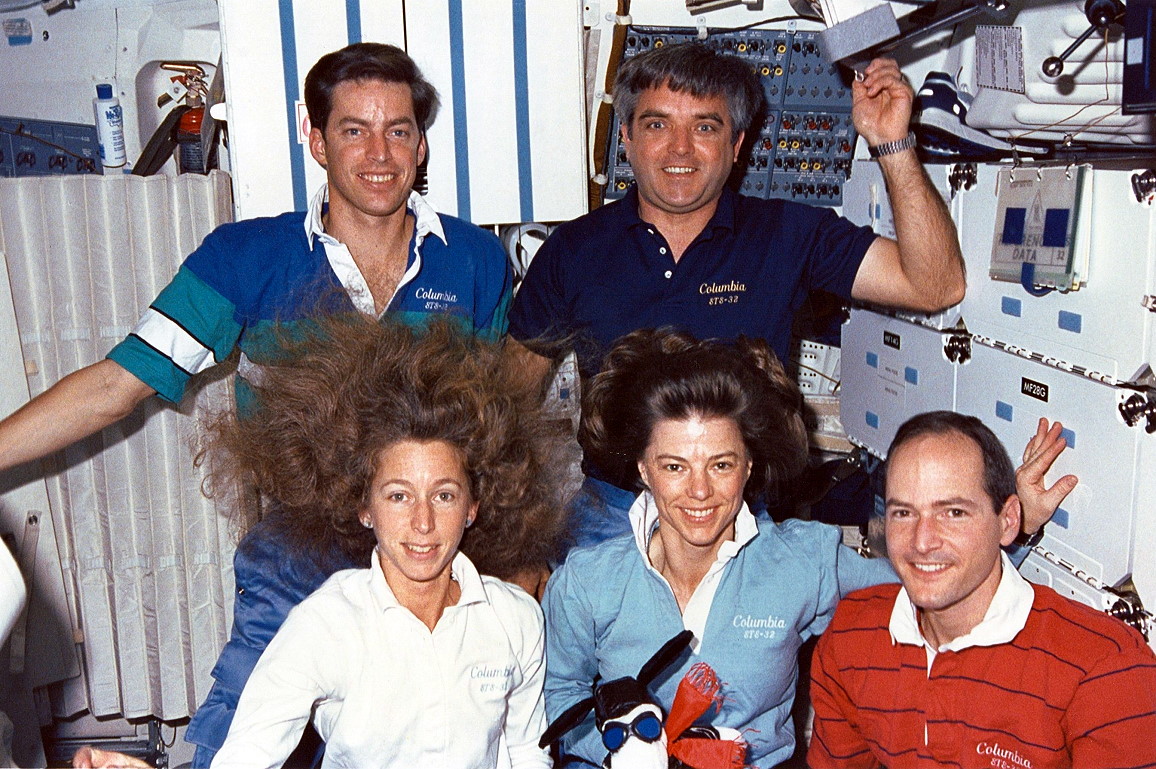
Hopes of returning home on 19 January evaporated, when a dusting of snow left water on the Edwards runway, along with unacceptable foggy conditions. A 24-hour delay meant that STS-32 would seize the record for the longest-ever shuttle mission at that time, eclipsing the ten days and seven hours spent aloft by STS-9 in late 1983. In fact, consumables aboard Columbia were so good that she could have remained in orbit until 22 January if required, a full 13 days. As well as breaking this record, Brandenstein celebrated his birthday in space and joked that he hoped flying at Mach 25 might slow his aging process.
When Capcom Ken Bowersox asked for the commander’s age, Brandenstein gamely replied: “Didn’t you know this was a classified mission?”
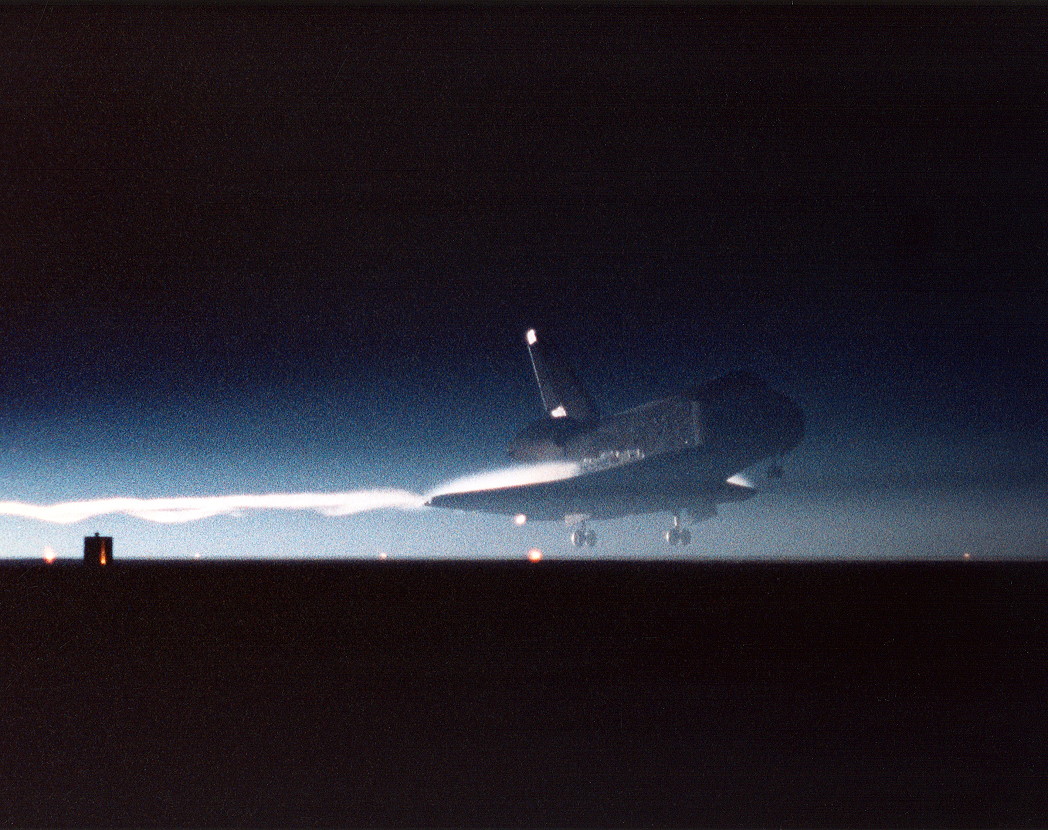
The first attempt to land on 20 January was called off when a switch on one of the shuttle’s computers failed, but Brandenstein and Wetherbee fired Columbia’s engines on the second opportunity to bring STS-32 home. The shuttle alighted in darkness on Runway 22 at Edwards at 1:35 a.m. PST (4:35 a.m. EST), wrapping up a mission of ten days, 21 hours, one minute and 39 seconds. It was a new shuttle program record that would endure for the next 2.5 years. And for Columbia—sadly no longer with us—it cemented her credentials as the long-duration heavyweight of the shuttle fleet. Of the ten longest missions in shuttle history, six of them were flown by Columbia.
But for the astronauts of STS-32, breaking records was not their goal. “Records are there to be broken,” Dunbar remarked, “but we were just glad to get another day in space.”




